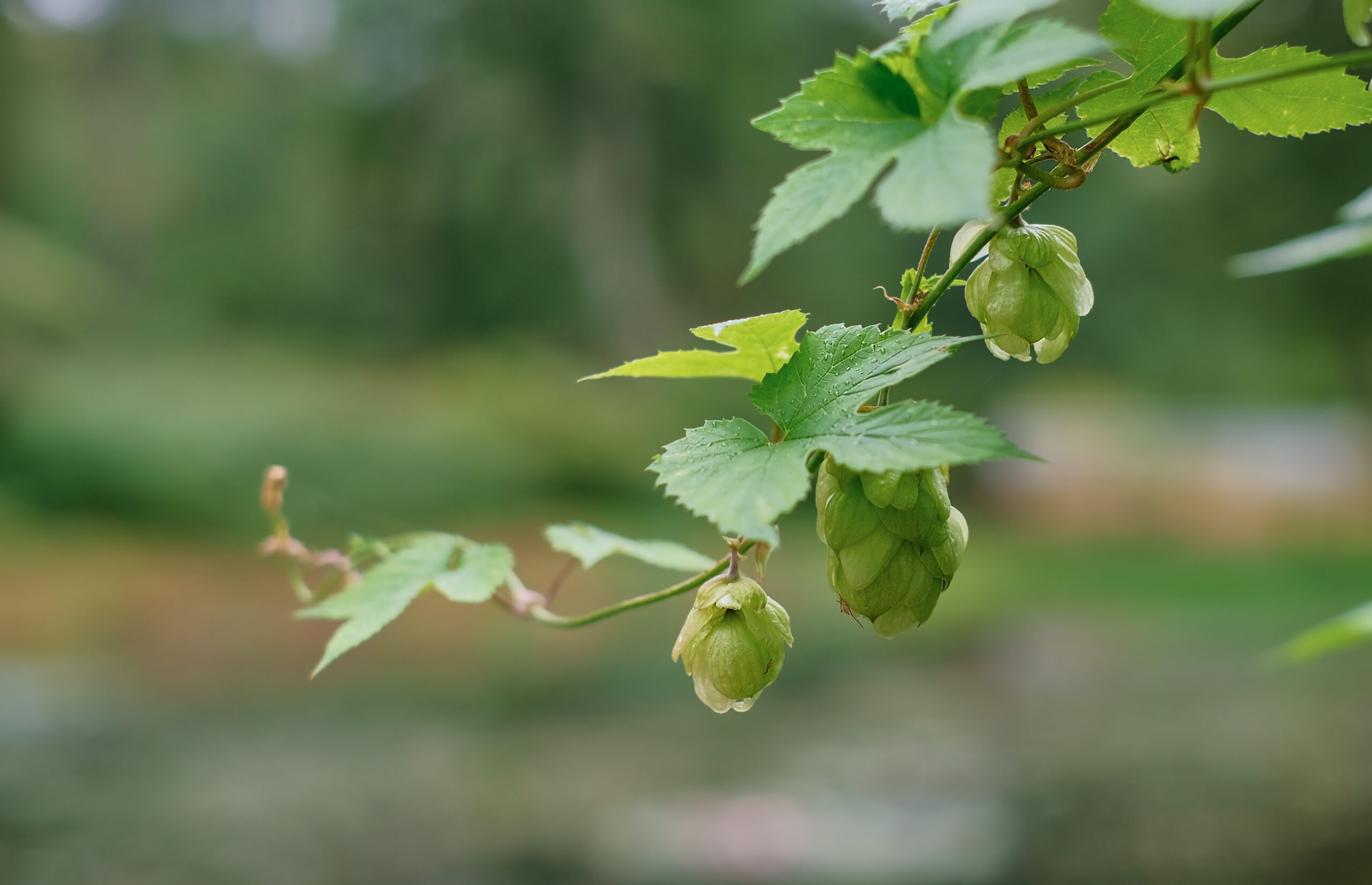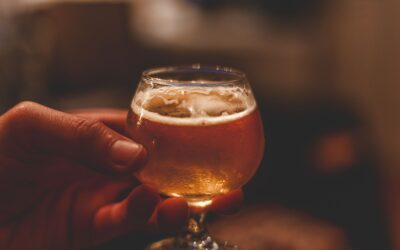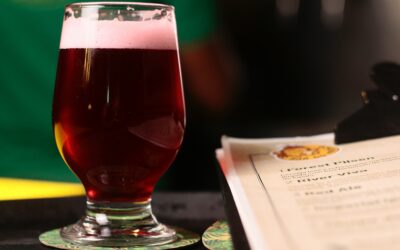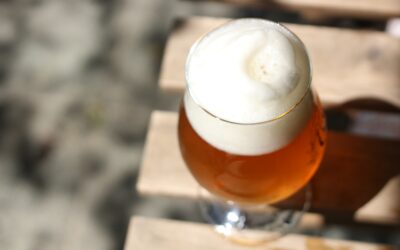North American craft brewers, experimenting in the 1980s with assertive hop varieties from the Yakima Valley region, fell in love with the story of India Pale Ale (IPA), the high-hopped beer exported from Burton-on-Trent to Bombay at the height of the British Empire. They therefore took its name to apply to a new breed of assertively hop-forward pale ales, brewed with attitude for an emerging and gratefully impressed constituency of beer fanatics.
Other than the high hopping, these beers have little in common with historic IPAs but have become the standard bearer for high quality North American craft brewing. That said, just as blond lagers in the 19th century lost a lot of their excellence as they headed west across the Atlantic, so classic American IPAs seem to drop key components of excellence when heading east to be brewed in Europe. The finest examples are still mostly found Stateside.
Nowadays, the IPA ‘brand’ has many spin-offs, some inspired and a few lamentable. These can feature darker malts, alternative grains, spicy yeast or just a different proportion of water. In the list that follows we have ignored those made with fruit syrups and other adjuncts, as they seem to be disappearing as swiftly as they arrived.
American or West Coast IPA
At its best an American IPA, sometimes distinguished as West Coast IPA, is an engaging, attractive, outspoken, classic style of hop-forward, resinous, sometimes slightly fruity, usually floral, sampling strength pale ale (5.9-7.5%) that is good enough to take on the world’s best drinks. Some of the better-known brands have fallen to global brewers, whose cost controllers have insisted the brewers use cheaper hops, causing a noticeable decline in quality. This tendency often distinguishes a profit-sweating brewery from a value-driven ones.
New England IPA (or NEIPA)
This wonder child of the last decade began life in Vermont, as a deliberately hazy, khaki-coloured ale loaded with fruit esters derived from both hops and yeast. The hop recipes major on adding fruitier hops towards the end of the boil to avoid bitterness. More characterful malts are avoided or kept low. Some brewers have taken to hazing up their NEIPAs with starches and other adjuncts, and a few even add fruity substances to assist the ‘juicy’ effect. Those brands referred to as ‘milkshake IPA’ typically have lactose added to sweeten them, though some are turbid enough to look like a milkshake too.
Black IPA
Originally known as Cascadian Dark Ale, the first black IPA was brewed around 1990 and sparked a flurry of interest and experimentation, particularly on the US West Coast. Some come close in palate to American Porter and American Stout, while others feel much more like a lightly caramelised IPA. Where the style will sit in the longer term is not yet clear.
Brown IPA
The genesis and future of Brown IPA are even more tenuous than those of Black IPA. The differences between the Brown IPAs and the American Brown Ales appearing to be confined entirely to the hop recipe.
Red IPA
This mid-Atlantic take on Irish Red Ale is hopped up with American varieties and of a higher strength (5.5-7.5% ABV), with prominent toffee, caramel or fruity edges. The name Double Hoppy Red Ale is starting to appear, poignantly lacking those three little letters, which could avoid a definition overlap problem.
Belgian IPA
This hybrid style encompasses both IPA and Double IPA strengths (5.5-9.0% ABV), emerging almost simultaneously in Belgium and the US, as small independent breweries experimented with using spicy yeast strains to ferment IPA wort. Early efforts were mostly horrible but some newer ones emerging from collaboration brews are better.
Brut IPA
This dry variant of IPA rose rapidly, if only for novelty. The original concept to ferment an IPA using a Champagne yeast or its equivalent, to create a naturally dry and intensely hoppy ale was sound. However, the “equivalent” soon became an excuse to trial enzymatic fermentation rather than specific yeast types, leading to its popularity nose-diving not long after take-off.
Rye IPA (or RIPA)
Replacing 15-20% of the malted barley in the recipe with malted rye, changes the grain character of a Rye IPA more than you would imagine. It also allows aromatic hops to shine more clearly and even quite striking levels of bitterness to be accommodated. This seems to be a steadily growing and enticing style (4.5-7.0% ABV).
White IPA
Deploying more citrusy hops to a higher strength wheat beer (5.5-7.0%) made with spicy Belgian yeast and dried citrus peel was intended to merge the appeal of IPA and Belgian Wit. In reality the best are reminiscent of neither, creating a stand-alone new style that is emerging slowly.
See also: American porter, Smoked porter, American stout





